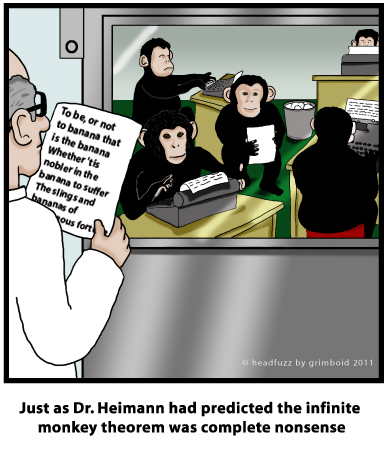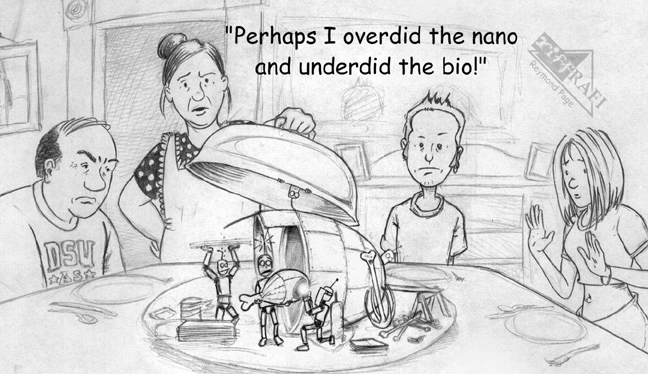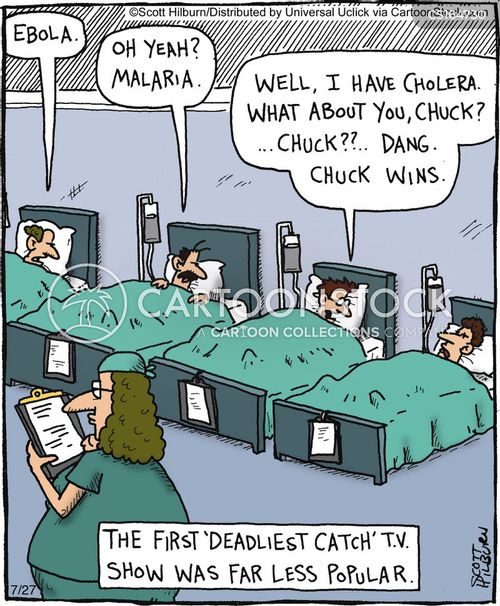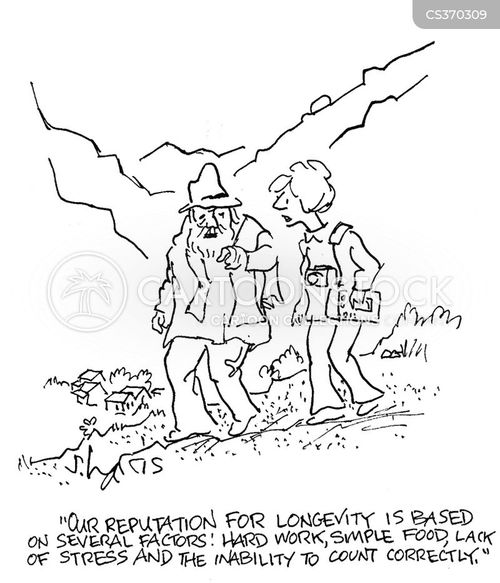
Forensics... Figuring out the past
I used to play a party game: go round the table telling people detailed information about themselves and saying what illnesses they were prone to. They often thought I'd been briefed, but it is observation and building up reference data bases anyone can do. I was inspired by Sherlock Holmes of course, and deducing WHY I 'felt' a certain fact was so.
we observe more than we think. Insight isn't mystical but it is fast, and you can train to work back from instictive conclusion to cues in the environment and your own memories to see it is reasonable.
Coming hypercomputing systems will deduce from seemingly unconnected facts, and astonishingly fewer of them.
The secret is cross-referencing for eliminations with probability weightings assigned. Linear reasoning is ejected in favor of myriad simultaneous equations where you are solving for many unknowns far back into history.
The greater your powers of deductions, the less artefacts you need.
The larger the general data bases, the less on the scene facts you need to compute from.
My contribution to forensics is formalising the law that
there is a proportional relationship between:
artefacts = computing power
More of one you have the less of the other you need, subject to a minimum umber of starting positions, and access to information banks.
Great article by the Independent's chief science officer:
The Chinese military general and philosopher Sun Tzu once famously solved a murder in a village by asking all its residents to bring out their sickles and leave them in the sun. Eventually, flies settled on one particular sickle and the murder weapon, and the murderer, were identified.
This early example of forensic science, which goes back 2,500 years, illustrates perhaps the single most important function of forensics – to find the scientific evidence that links a suspect to a crime. Identifying the murder weapon is just one part of the process." more>>>
"
http://www.independe...me-9991369.html
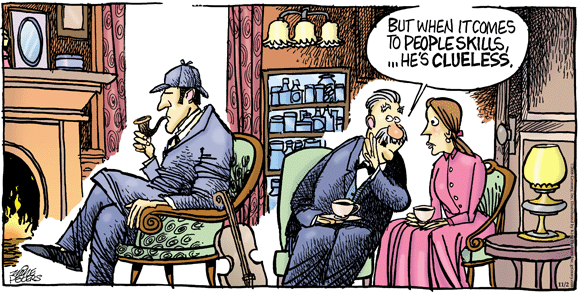
Edited by stopgam, 21 January 2015 - 01:04 AM.































 This topic is locked
This topic is locked








